Officials have warned millions of people living in Texas to try to avoid drive-thru lanes this weekend, as areas of the state are experiencing high levels of ozone air pollution.
Experts are also asking Texans to limit their use of their vehicles. Instead, they should walk or ride their bikes when traveling.
Ozone Action Day

Texas residents living in the Dallas Fort Worth, Galveston, Houston and Brazoria areas have all been warned not to go through drive-thrus this Saturday.
This warning comes during Texas’ “Ozone Action Day,” which was organized by the Texas Commission on Environmental Quality (TCEQ).
High Pollution Levels
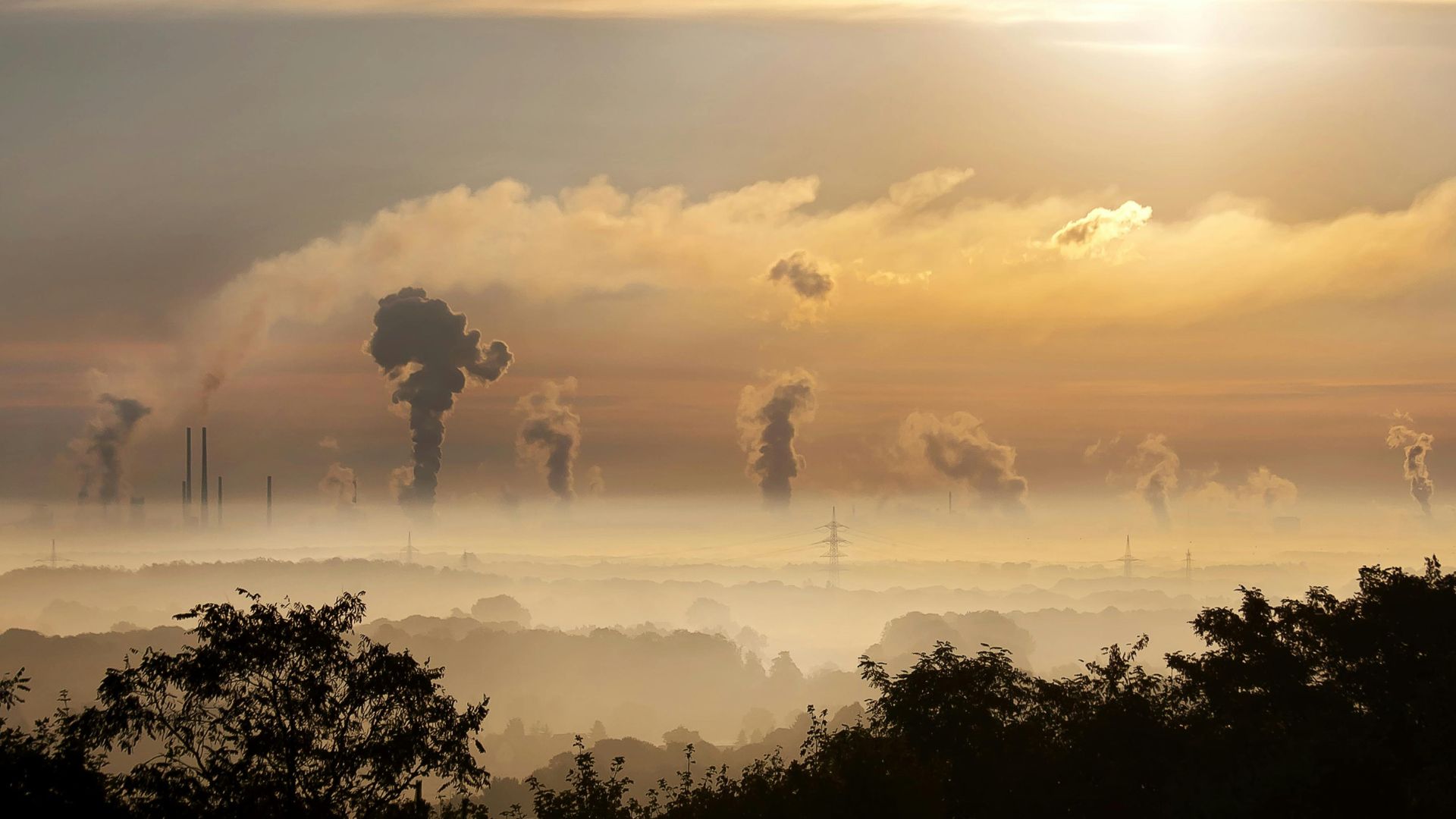
Unfortunately, these specific areas of Texas have experienced high levels of pollution, which is harmful to populations.
The National Weather Service (NWS) said, “Atmospheric conditions are expected to be favorable for producing high levels of ozone air pollution in the Dallas-Fort Worth area on Saturday.”
Preventing Pollution
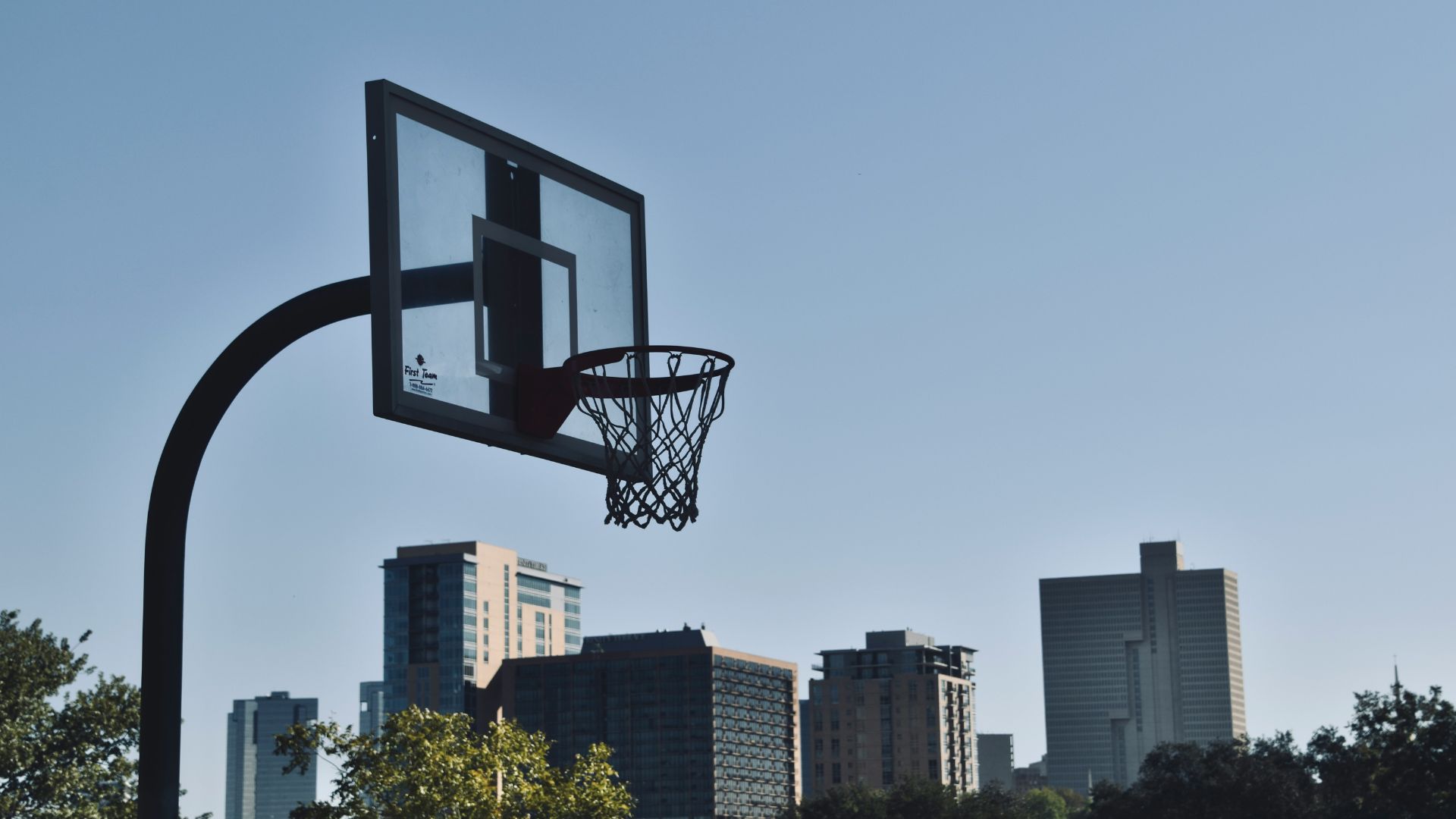
Because this weekend has favorable conditions for allowing high levels of pollution to occur, officials are asking residents in these areas to help them prevent this from happening.
The NWS explained that there are many ways Texans can help prevent this pollution from growing. Residents may be shocked by some of these prevention methods.
Don’t Go Through Drive-Thrus

While the NWS has said that Texans should try to avoid using their car, if at all possible, they’ve also recommended not going through drive-thrus.
The NWS explained, “You can help prevent ozone pollution by sharing a ride, walking, riding a bicycle, taking your lunch to work, avoiding drive-through lanes, conserving energy and keeping your vehicle properly tuned.”
Ozone Action Days in the State
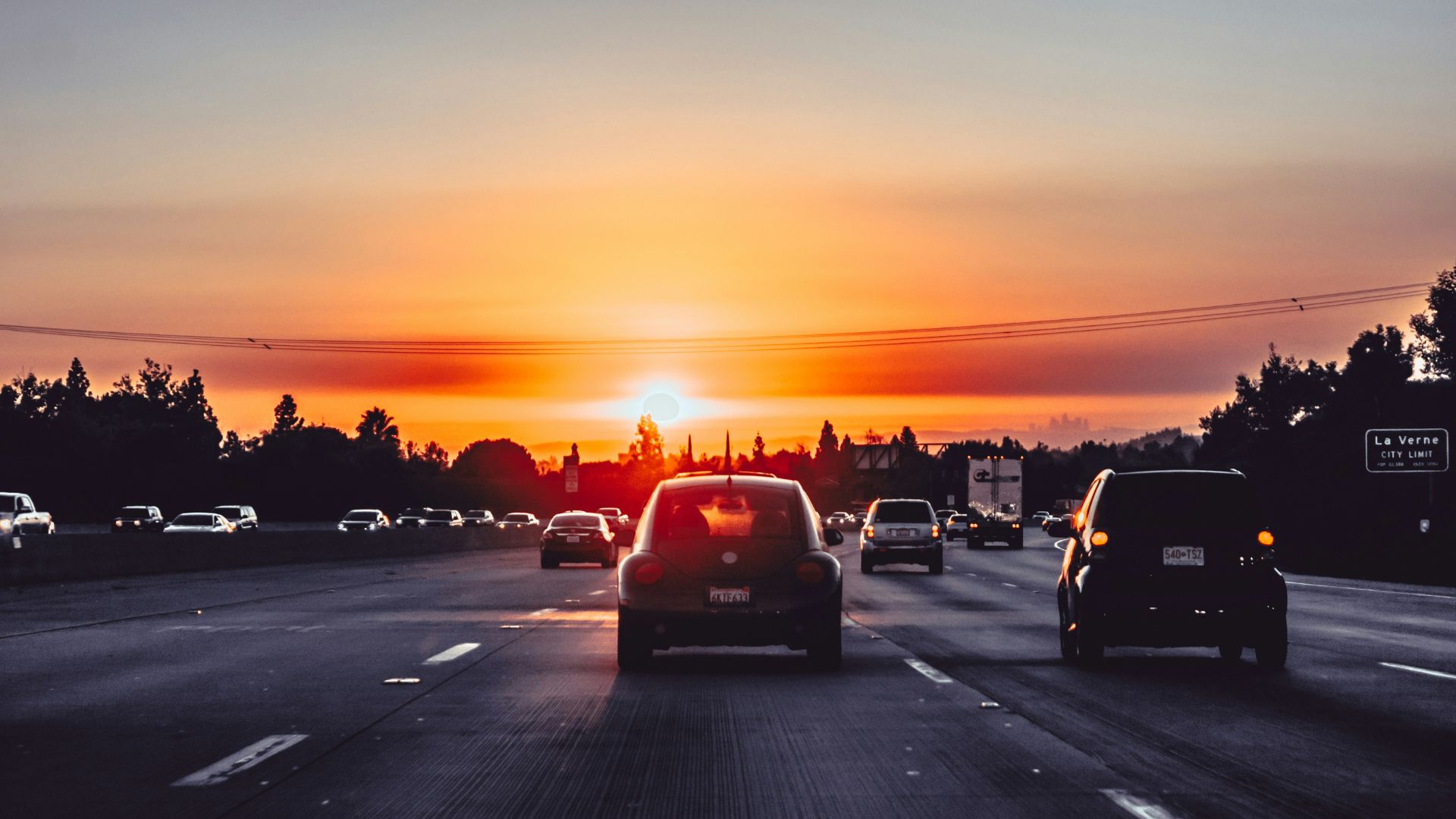
Over the last few months, Texas residents will have seen a number of Ozone Action Day alerts popping up.
They’ll likely be a familiar site by now to residents driving the highways in metro areas across the state, including Dallas-Fort Worth as mentioned, but also San Antonio, El Paso and Austin.
Health Protection

The warnings are for high pollution levels, encouraging people in these areas to minimize their potentially polluting impact.
There are obvious environmental reasons for reducing pollution, but these Ozone Action Day alerts are also issued when ozone levels are anticipated to rise to levels that are “unhealthy for sensitive groups.”
Sensitive Groups
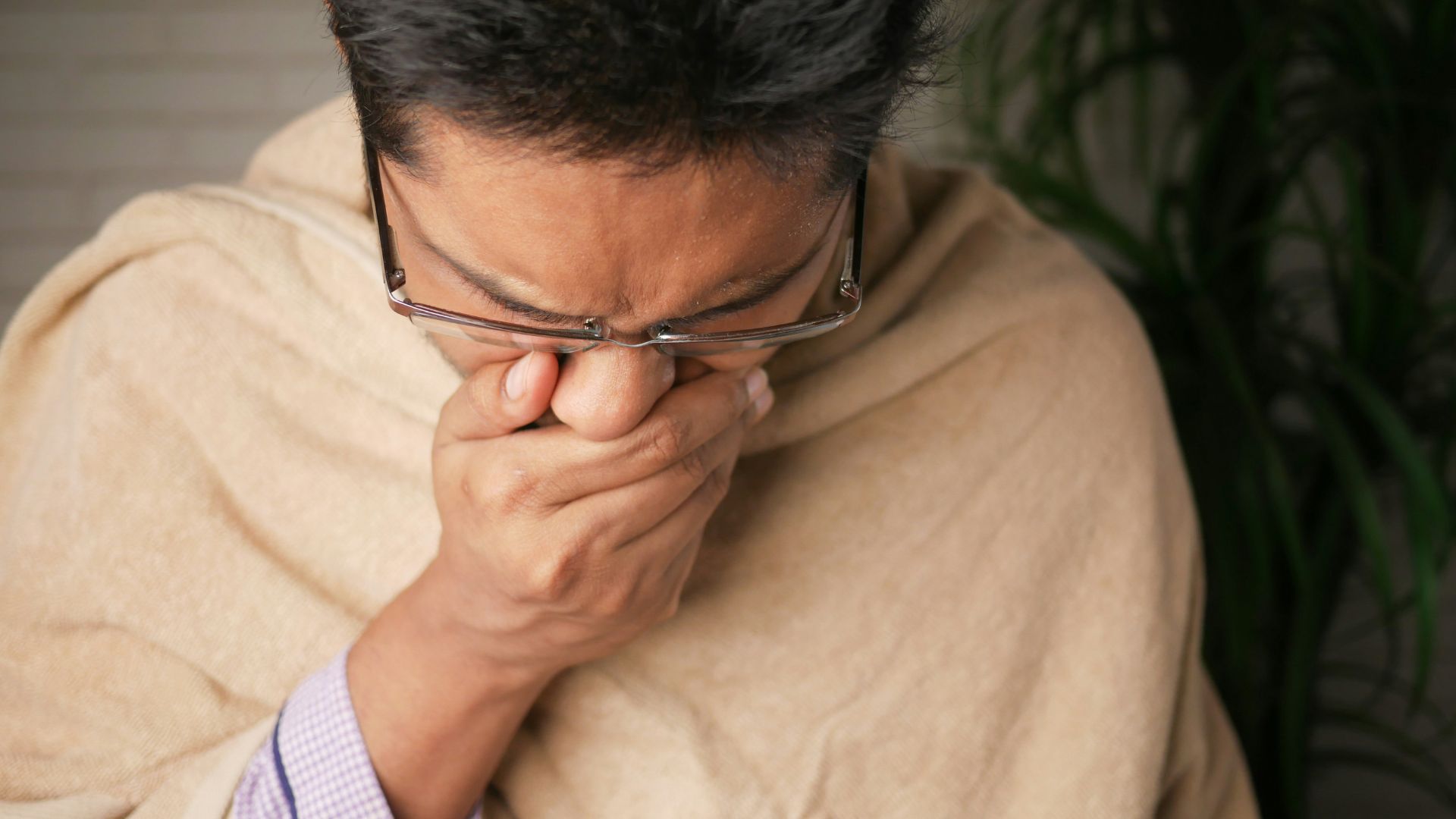
These sensitive groups are essentially people who are in a position to be particularly affected by high levels of ozone pollution, potentially leading to health complications.
This includes older adults, adults with cardiovascular or respiratory illnesses and outdoor workers. Children and teenagers are also considered to be part of sensitive groups who should take particular notice of ozone action notices.
Limiting Ozone Exposure

On Ozone Action Days, it’s important for sensitive people in particular to reduce their potential ozone exposure.
There are precautions sensitive people, along with all other residents, can take to limit ozone exposure according to Air Central Texas, including ensuring A/C filters are properly maintained, trying not to exert yourself while outdoors and generally limiting the amount of time you spend outside.
Preventing Ground-Level Ozone
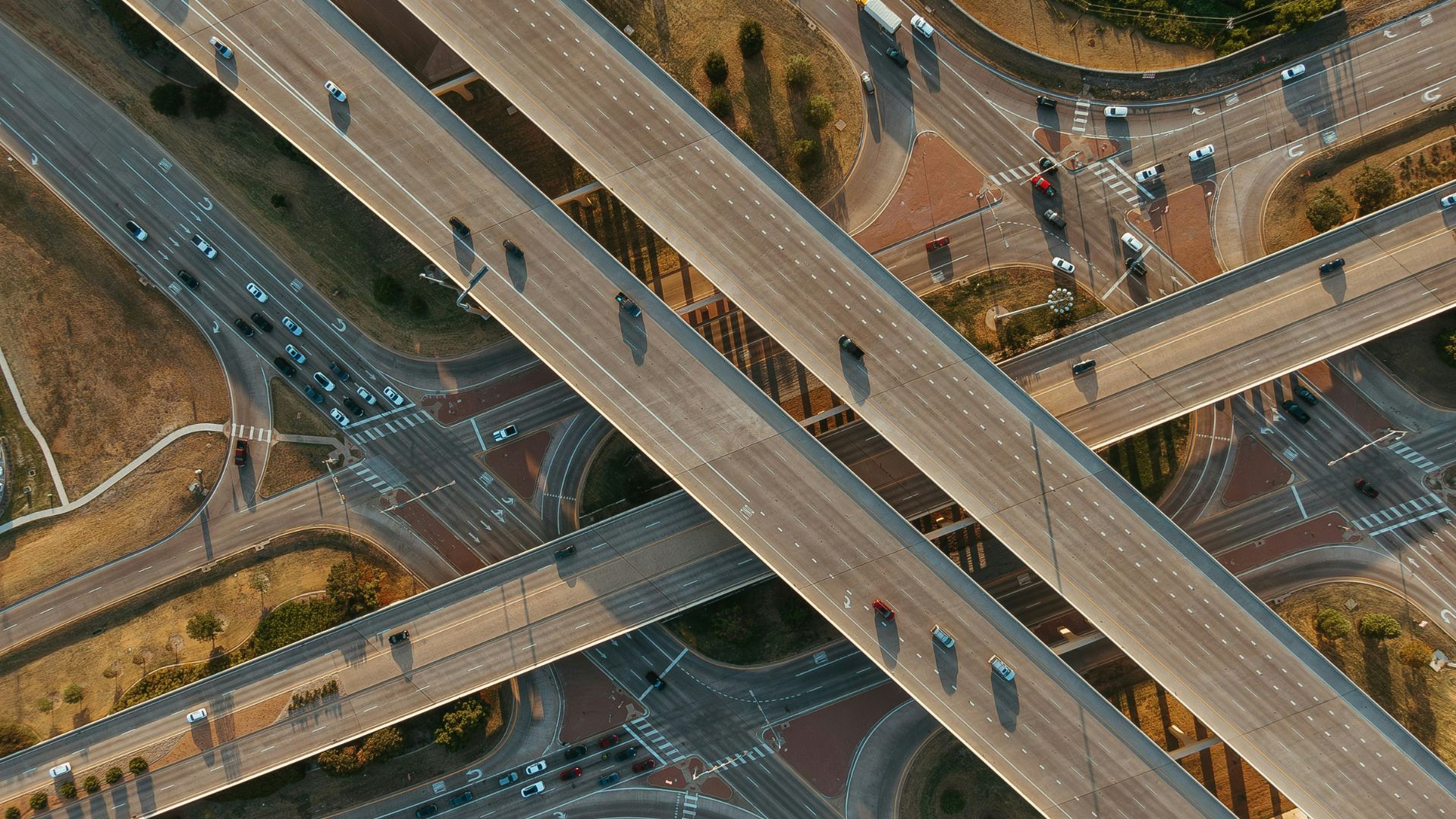
These alerts and warnings are designed to try to stop the creation of an abundance of ground-level ozone.
Ground-level ozone occurs when vehicle emissions and other pollutants are released, allowing the sunlight to make them chemically reactive. Smog is a known form of ground-level ozone.
Steps to Reduce Outdoor Pollution
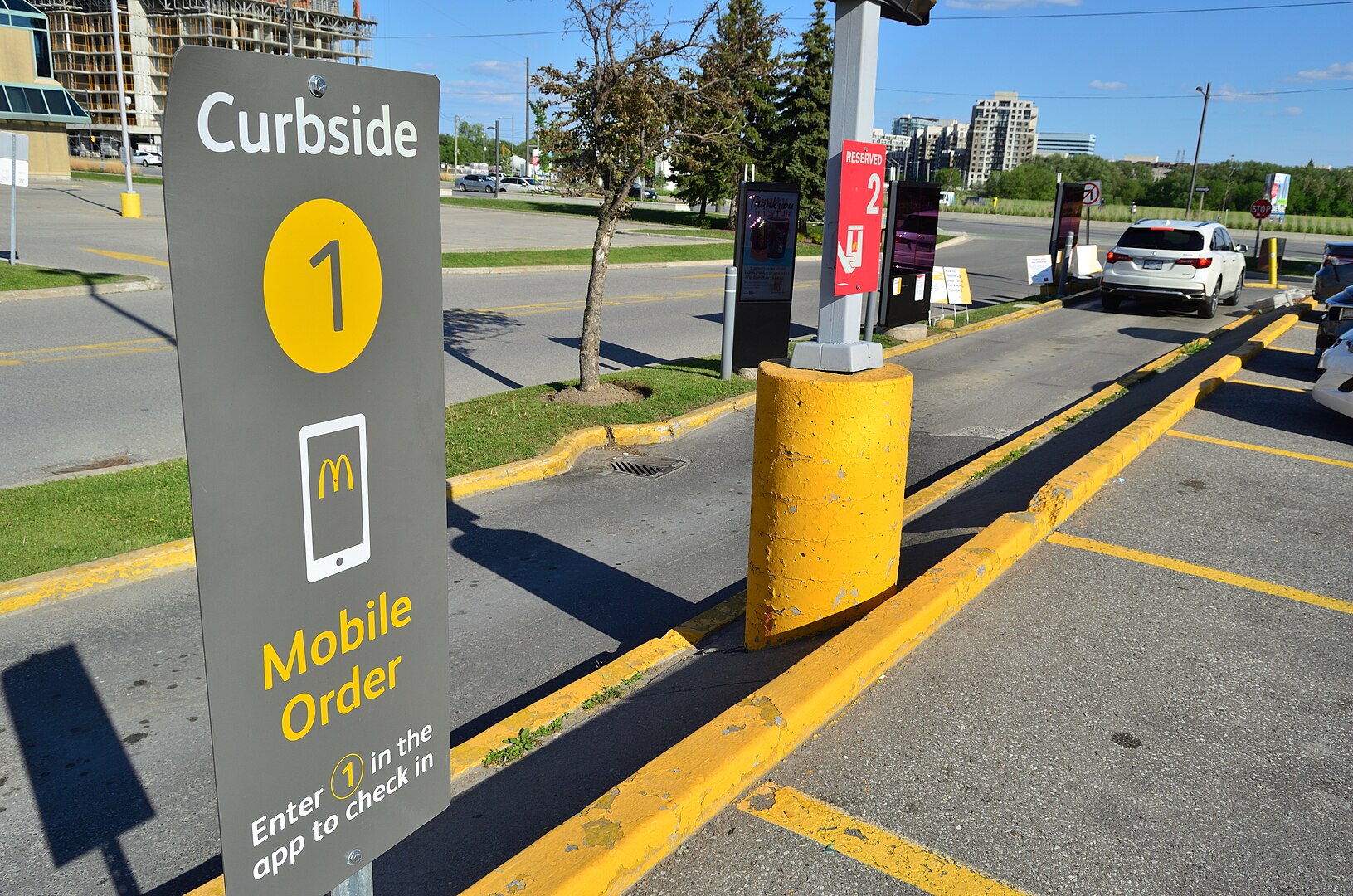
The rideshare and avoid drive-thru lanes are two main ways to reduce contribution to outdoor ozone pollution.
There are other ways motorists can adapt on Ozone Action Days. Similar to avoiding drive-thru lanes, motorists should avoid idling their vehicles in general. This means turning off the vehicle if waiting for a curbside pickup, for example.
Other Things Drivers Can Do
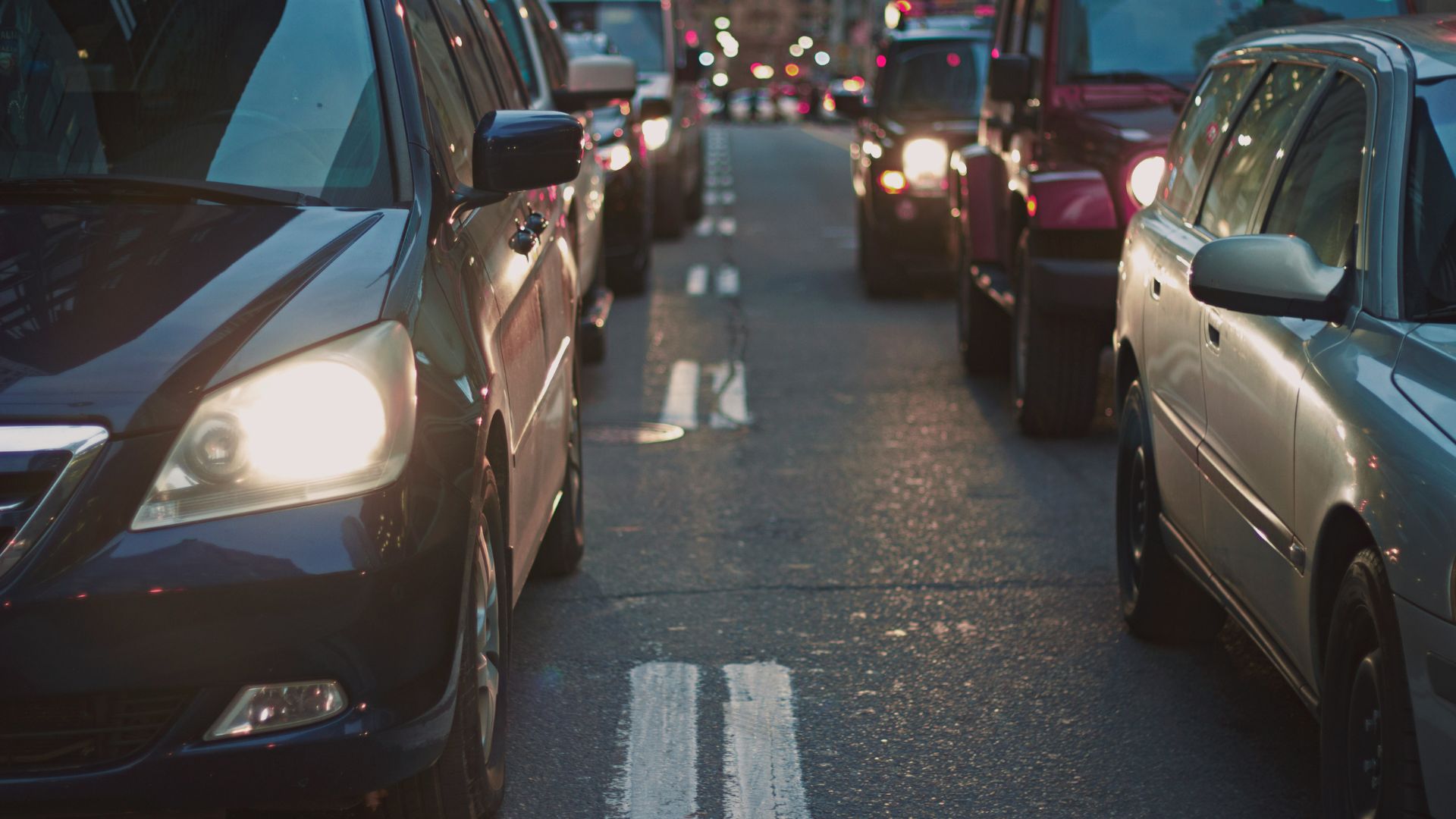
On an Ozone Action Day, motorists should also consider changing their schedule a little and rescheduling their commute to later in the morning.
This is a good way for individuals to avoid adding their vehicle emissions to the time of day that will most likely have the highest impact on ozone formation.
Non-Driving Related Steps

Vehicles on the road obviously have a massive impact on pollution formation, which is why a lot of Ozone Action Day messaging focuses on tips for driving or reducing driving.
There are other non-driving related things people can do to reduce pollution on Ozone Actions Days. Avoiding outdoor cooking or avoiding the use of portable generators, for example, can help minimize outdoor pollution.
Harmful Pollution

This ozone type can be incredibly harmful to populations, especially children, senior citizens and those who are in vulnerable groups.
The Environmental Protection Agency (EPA) has classified ground-level ozone as “a harmful air pollutant.” Therefore, many agencies try to combat it as much as possible.
Deadly Pollution
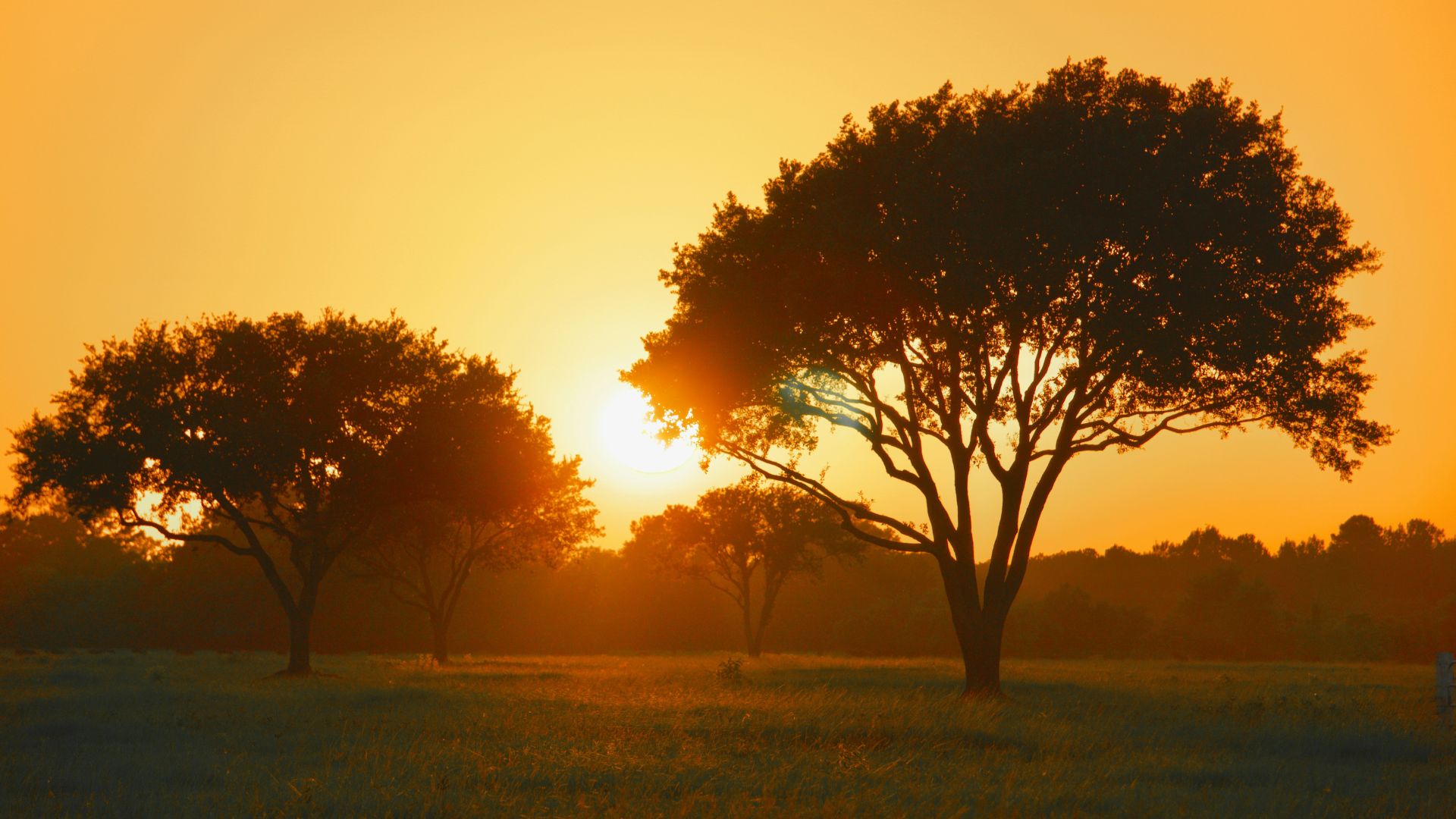
The EPA has explained that people may experience coughing, breathing difficulties, sore throats and other similar symptoms if they are in areas with high levels of ozone.
The EPA has also stated that these areas can become deadly, saying, “Studies in areas with high ozone concentrations also report links to deaths from respiratory causes.”
Declaring Ozone Action Days

The TCEQ has declared many Ozone Action Days this year, though the program will run from March 1 to October 31.
The TCEQ has said, “Forecast seasons are determined based on when each area is likely to experience warmer temperatures and weather conditions conducive to increased ozone formation.”
Other Steps to Reduce Pollution

Ozone Action Days are just one technique being employed to try and reduce pollution. Roads are a big source of urban pollution, so a lot of initiatives target road users.
There is a big push across the nation to increase the adoption of electric vehicles (EVs), for example. Some states are pushing this adoption harder than other.
Ambitious EV Targets
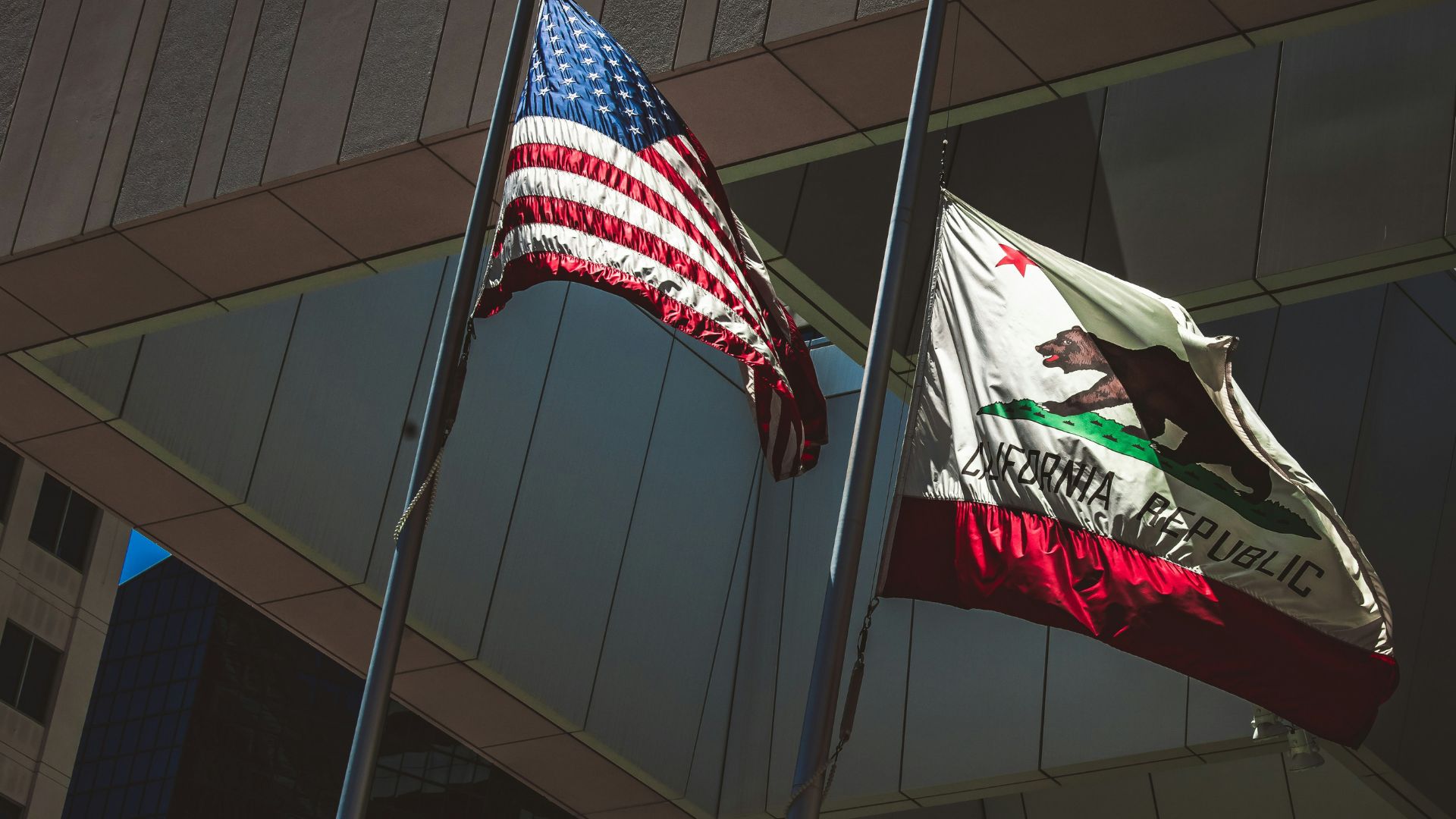
California, for example, has very ambitious plans to increase the number of electric vehicles on highways and slash the number of gas-powered cars in an effort to curtail pollution.
To reduce its negative impact on the global environment, California has declared that it intends to ban the sale of gas-powered cars by 2035.
EV Challenges
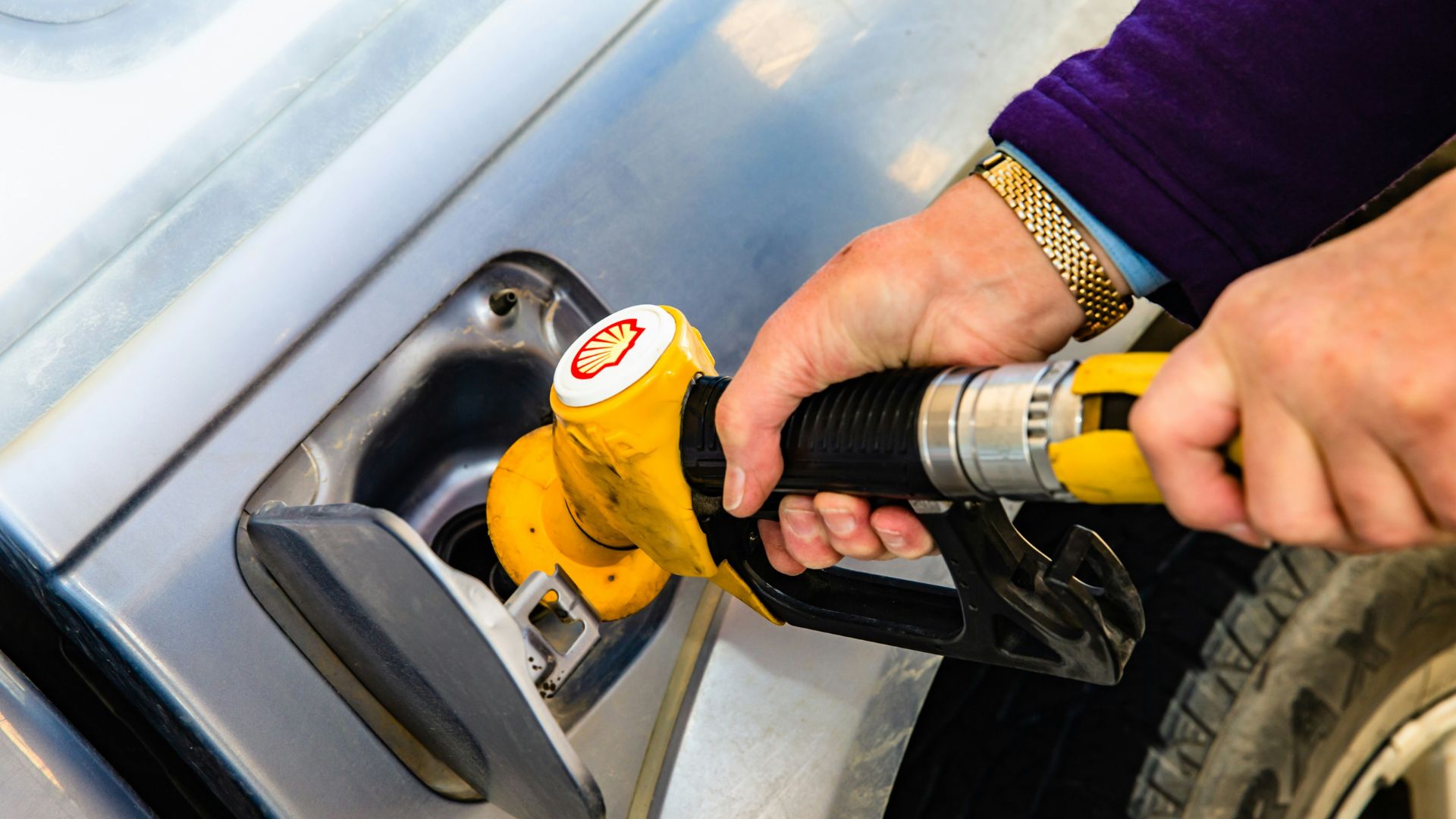
While a noble intent and certainly something that could have a massive impact on the sort of pollution these Ozone Action Days look to combat, a widespread move to EVs introduces challenges of its own.
Highway maintenance, for example, has traditionally been funded by gas tax paid by drivers based on fuel consumption.
Budget Issues

More EVs means less gas consumed, which means less gas tax paid which creates a potential future budget deficit.
States are already experimenting with different taxation models to try and ensure there’s sufficient money for highway maintenance. California, for example, is piloting a model taxing motorists based on the distance they travel as opposed to the fuel they consume.
The Texas Approach
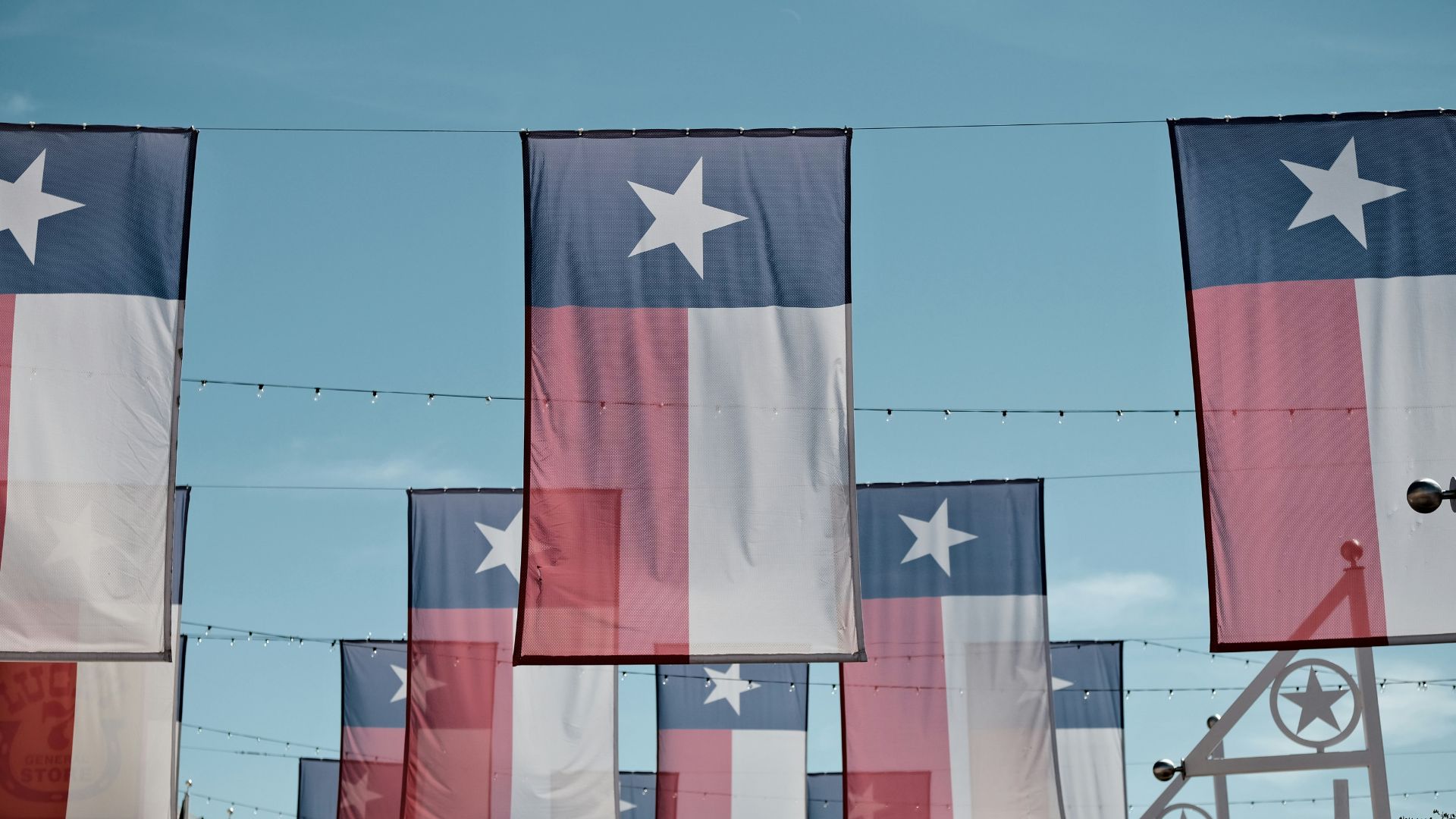
Other states are considering adopting this per mile taxation model that California is currently testing. Texas, though, has opted for a different route.
Texas has instead decided to impose a $200 per-year registration fee for EV owners to offset lost gas tax revenue while still encouraging more eco-friendly motoring.
Texas Air Quality Plummets

In recent weeks, many regions of Texas have seen their air quality plummet for a variety of reasons. This has then led to alerts being sent out to populations, warning them about air conditions.
Most recently, seven regions of the Lone Star State received air-quality warnings because a Saharan dust storm had arrived, polluting the air.
Code Orange in Texas
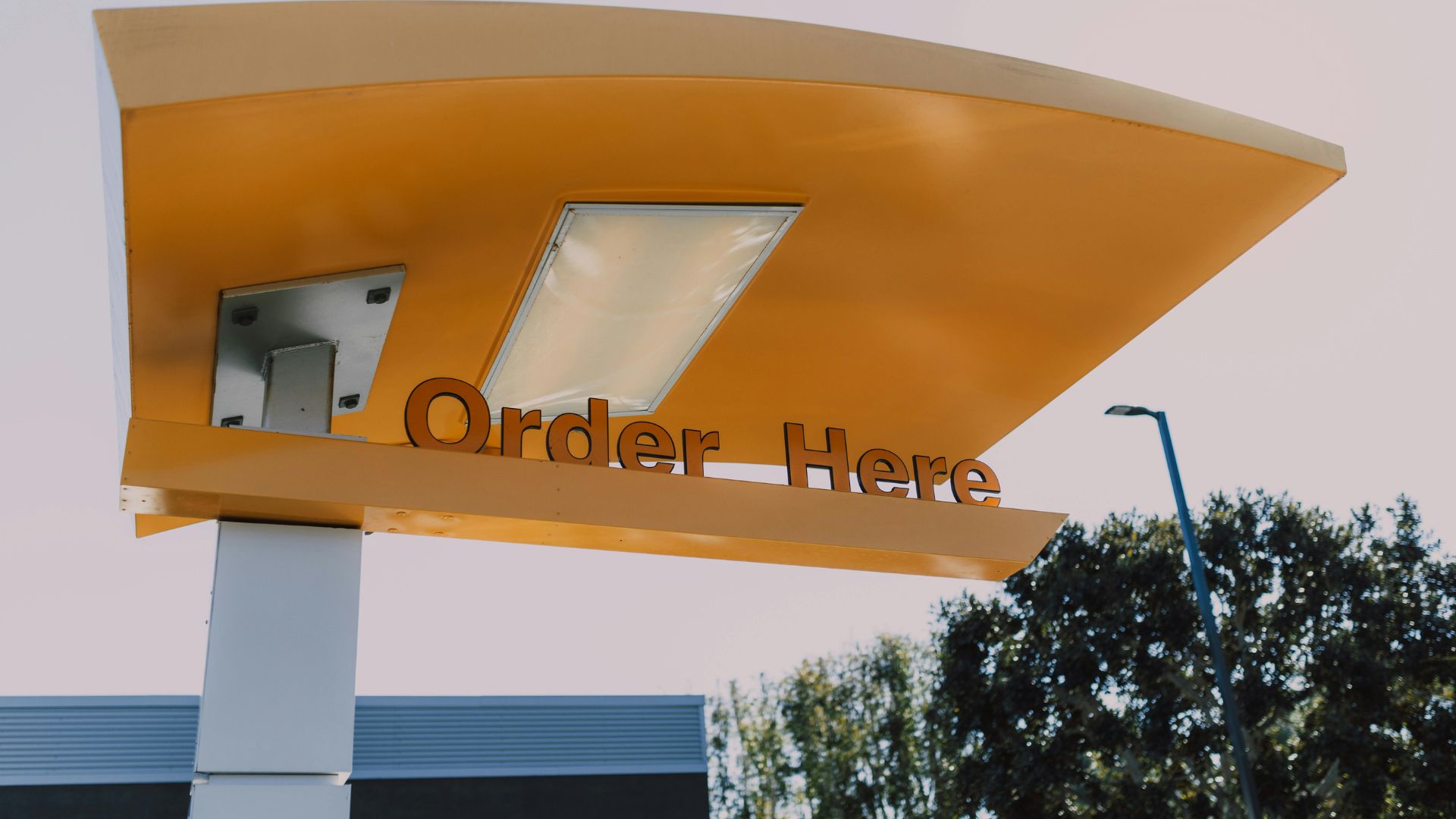
This weekend, Texans are being asked to limit their time in their vehicles and avoid drive-thrus, among other things, if at all possible.
Dallas-Fort Worth and Houston will be “code orange” from Saturday until Monday, according to the TCEQ. This means that the air quality may be “unhealthy for sensitive groups.”
A New Normal
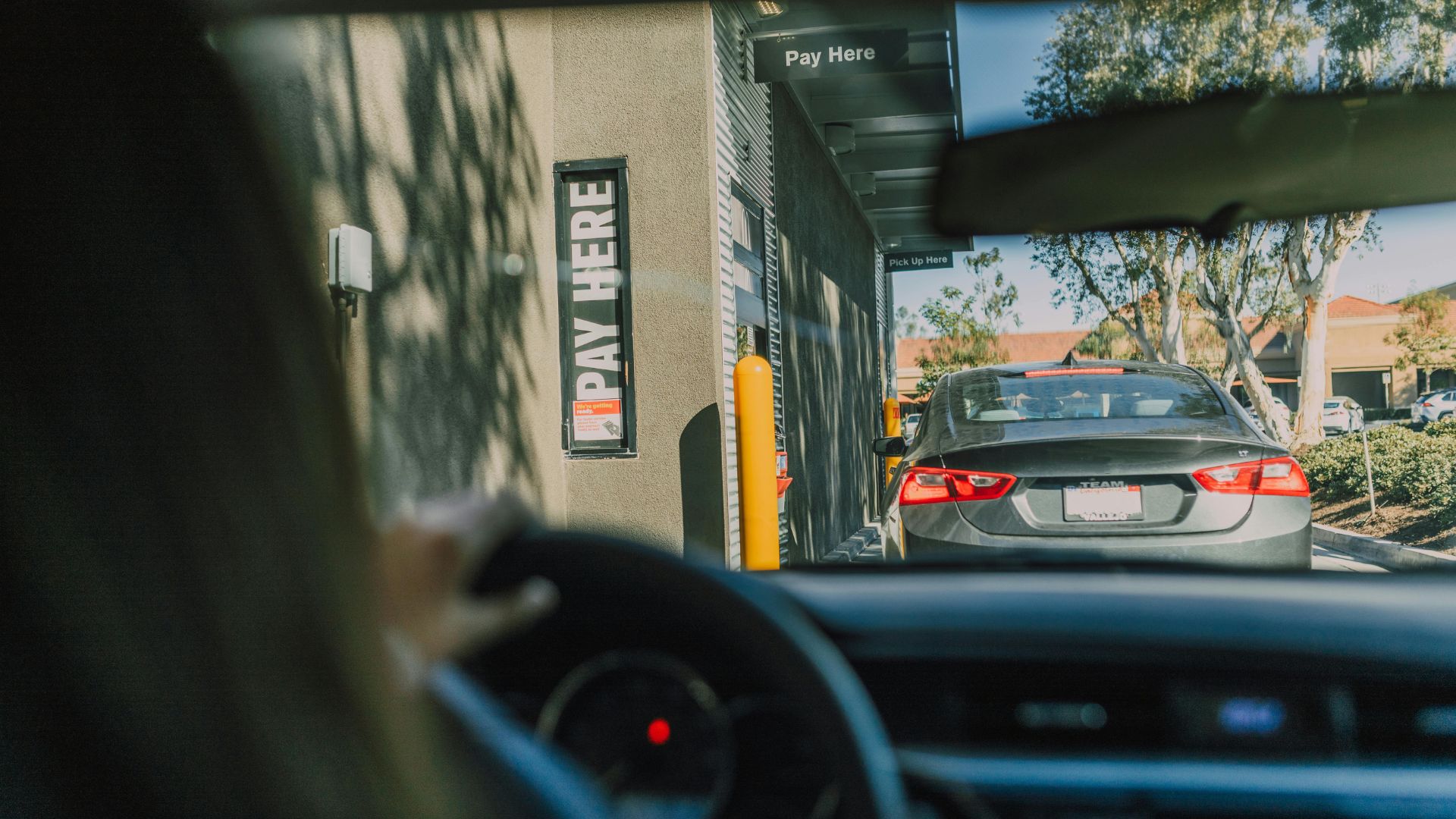
These alerts from officials recommending populations to cease doing certain activities — such as driving their cars or lingering in drive-thru lanes — have become a new normal for many Americans.
As ozone air pollution becomes a major problem in many states throughout the country, Americans may continue to receive these types of warnings on a regular basis.
